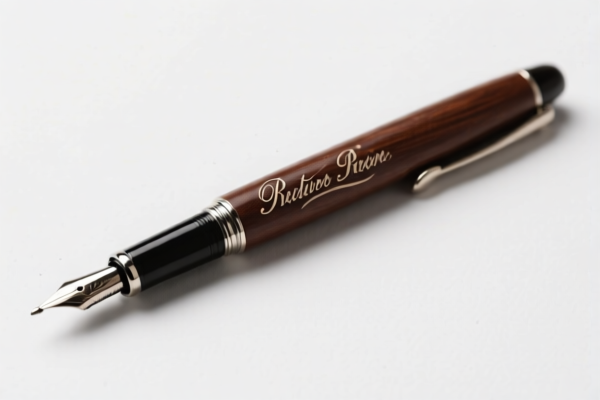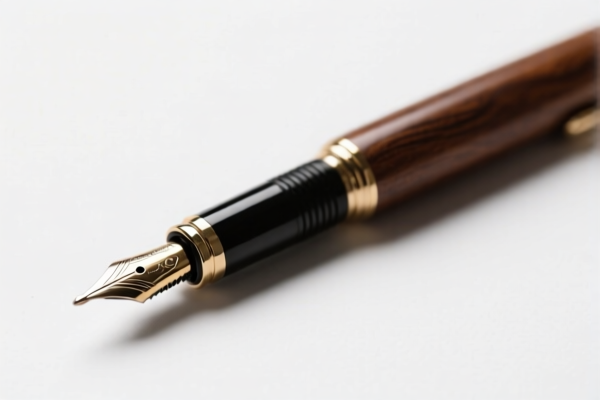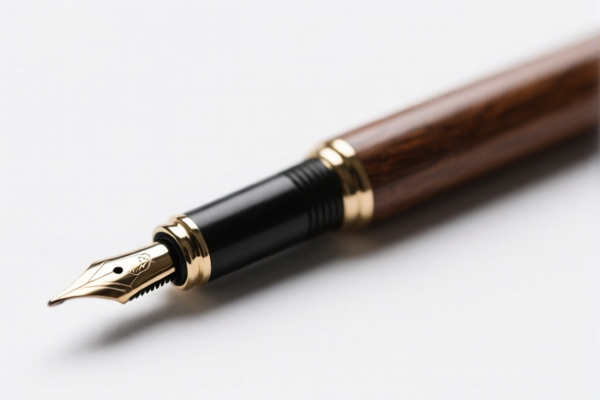| HS Code | Official Doc | Tariff Rate | Origin | Destination | Effective Date |
|---|---|---|---|---|---|
| 8205511500 | Doc | 55.0% | CN | US | 2025-05-12 |
| 8205598000 | Doc | 58.7% | CN | US | 2025-05-12 |
| 8203103000 | Doc | 30.0% | CN | US | 2025-05-12 |
| 8203106000 | Doc | 55.0% | CN | US | 2025-05-12 |




Engraving Tools
Engraving tools are implements used to create designs on hard materials, typically by removing material in a controlled manner. The process, known as engraving, differs from etching in that engraving removes material, while etching uses acid to create the design.
Materials
Engraving can be performed on a wide variety of materials, influencing the tools required:
- Metal: Traditionally, metals like copper, silver, gold, steel, and brass are engraved.
- Wood: Wood engraving and woodcutting utilize different tools than metal engraving.
- Stone: Stone engraving, including materials like granite and marble, requires robust tools.
- Plastic: Acrylic, PVC, and other plastics can be engraved.
- Glass: Glass engraving employs specialized techniques and tools.
Purpose
The primary purpose of engraving is decorative or functional marking. Common applications include:
- Artistic Expression: Creating intricate designs for jewelry, plates, and other decorative items.
- Personalization: Adding names, dates, or monograms to gifts or valuables.
- Identification: Serial numbers, barcodes, or other identifying marks on products.
- Printing: Historically, engraving was crucial for creating printing plates for intaglio printing techniques.
- Signage: Creating durable and lasting signage.
Function
Engraving tools function by precisely cutting, scraping, or abrading the surface of a material. The tools are typically hand-held and controlled by the engraver. Power tools can also be used for faster and more automated engraving.
Usage Scenarios
- Hand Engraving: This is a traditional method requiring skill and precision, often used for detailed artistic work on metals and wood. Requires a stable work surface, good lighting, and magnification.
- Machine Engraving: Computer Numerical Control (CNC) engraving machines automate the process, allowing for complex designs and high repeatability. Suitable for mass production or large-scale projects.
- Laser Engraving: Uses a laser to vaporize material, creating precise and detailed engravings on a variety of materials.
- Rotary Engraving: Utilizes a rotating cutter to remove material, often used for plastics and wood.
Common Types
- Gravers (Burins): The primary tool for hand engraving metals. They come in various shapes and sizes for different line widths and depths. Common graver types include:
- Square Graver: For broad, flat lines.
- Lozenge Graver: For V-shaped lines.
- Round Graver: For curved lines and shading.
- Chisels: Used for wood engraving and stone engraving. Different chisel shapes create various effects.
- Diamond Point: Used for glass engraving, creating fine, detailed lines.
- Rotary Tools (e.g., Dremel): Versatile tools with interchangeable bits for engraving various materials.
- Laser Engraving Machines: Utilize laser beams for precise and automated engraving.
- CNC Engraving Machines: Computer-controlled machines for automated engraving of metals, plastics, and wood.
- Electric Engravers: Handheld tools with oscillating needles for simple engraving tasks.
Engraving tools fall under the category of handtools. Based on the provided information, several HS codes may be relevant depending on the specific characteristics of the tools.
- 8205511500: This HS code covers handtools (including glass cutters) not elsewhere specified or included; blow torches and similar self-contained torches; vises, clamps and the like, other than accessories for and parts of machine tools or water-jet cutting machines; anvils; portable forges; hand- or pedal-operated grinding wheels with frameworks; base metal parts thereof: Other handtools (including glass cutters) and parts thereof: Household tools, and parts thereof: Of iron or steel: Carving and butcher steels, with or without handles. This code specifically includes carving steels, which could encompass engraving tools made of iron or steel. The total tax rate is 55.0% (0.0% base tariff, 25.0% additional tariff, increasing to 30.0% after April 2, 2025).
- 8205598000: This HS code covers handtools (including glass cutters) not elsewhere specified or included; blow torches and similar self-contained torches; vises, clamps and the like, other than accessories for and parts of machine tools or water-jet cutting machines; anvils; portable forges; hand- or pedal-operated grinding wheels with frameworks; base metal parts thereof: Other handtools (including glass cutters) and parts thereof: Other. If the engraving tools do not fall under the more specific category of carving steels (8205511500) or are made of materials other than iron or steel, this code may be applicable. The total tax rate is 58.7% (3.7% base tariff, 25.0% additional tariff, increasing to 30.0% after April 2, 2025).
Explanation of HS Code Structure (based on provided information):
- 82: Chapter 82 covers "Tools, implements, cutlery, hand tools, and articles of cutlery having handles of any material."
- 8205: Heading 8205 covers "Handtools (including glass cutters) not elsewhere specified or included; blow torches and similar self-contained torches; vises, clamps and the like, other than accessories for and parts of machine tools or water-jet cutting machines; anvils; portable forges; hand- or pedal-operated grinding wheels with frameworks."
- 820551: Subheading 820551 covers "Other handtools (including glass cutters) and parts thereof."
- 82055115: Further specifies "Household tools, and parts thereof: Of iron or steel: Carving and butcher steels, with or without handles."
- 820559: Further specifies "Other handtools (including glass cutters) and parts thereof: Other."
- 82055980: Further specifies "Other."
According to the provided reference material, the HS code options related to 'engraving tools' are limited, with only the following 2 found.
Customer Reviews
No reviews yet.